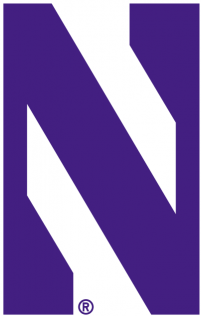Assignment Steps
- Communicate with your group members.
- Use the student group features in Canvas for Conversations, Conferences, and Collaborations or find your own.
- Make introductions.
- Designate roles.
- Discuss time commitments and scheduling.
- Plan out your activity.
- Set goals.
- Assign tasks.
- Schedule events and actions.
- If you use free online tools such as http://www.jigsawplanet.com/ to simulate the puzzle building process, include your reasons for doing so and document your actions.
- Organize and report your findings in a summary as a group.
- You are encouraged to be creative in your presentations methods as long as your submission is self contained and in a legible format that can be viewed on a computer screen.
- Elect one person to submit the report on behalf of your group.
- Each student will receive an individual grade but the project is for the entire group.
- Evaluate your peers using the assignment rubric.
The assignment was used in the course to help students think about how parallel computing can be used to process a large set of data. Instead of a data set, students had puzzle pieces and instead of networked computers they had their group of peers. Students had to act as computers in a network, each taking a small portion of puzzle pieces and sorting and combining them in a way they all agreed upon. They collaborated online using the built-in tools available in Canvas, as well as outside resources to help simulate the puzzle visually. The assignment challenged students to apply data analytics techniques to the familiar activity of playing a puzzle game with friends.
Activities that require critical thinking and alternative methods to solve problems help to stimulate students in different ways than lectures or assigned readings. Making this activity a group assignment creates additional value for students since it is a different experience than they would have if they were to attempt the assignment on their own. Not all group activities work in an online but there are still many that do; this is an example of one that does.
Online collaborations and group assignments can be used in any course. Game based activities, specifically the jigsaw puzzle, offer a fun form of engagement for students and can be used to reinforce content learned in other lectures, readings, or assignments. A group activity can have a range of uses from introductory icebreaker to long-term project and be graded or ungraded, required or optional.
This exemplar reinforces a concept written about in an article on FacultyFocus.com that online group work should be “truly collaborative” and not an assignment that students will end up completing on their own. While the assignment could be completed by an individual, to perform it in a way that simulates the concept from the lesson—parallel computing—requires multiple members working in unison.
If students are unable to coordinate a time where they can all work on the project simultaneously, encourage them to come up with a plan to sequence the tasks of the assignment and delegate them to each other. Have them report their findings and compare it with groups that were able to have a shared, synchronous meeting. A simplified version of this assignment would not require students to actually perform the completion of a jigsaw puzzle but instead write a detailed explanation of how they would go about doing it; something that could be done as a group or individually. A more advanced version of this assignment could give the students more time for creativity, even allowing them to build tangible puzzle pieces to distribute by mail.
While this exemplar used solving a jigsaw puzzle in a group as a way to engage students in a fun metaphor for parallel computing, it could easily be adapted for other types of lessons in other fields of study. The core element of the jigsaw puzzle could also be replaced with any number of other games or familiar activities based on the background of the students in the course.
Links
http://www.comsol.com/blogs/understanding-parallel-computing/
http://www.wired.com/2014/05/empzeal-active-learning/
Additional Reading
https://www.upress.umn.edu/book-division/books/cyberspaces-of-everyday-life
To discuss setting up a similar group activity in your online course contact Aaron Bannasch.


